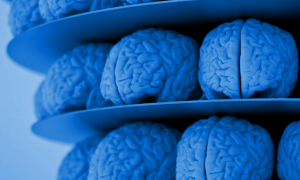Recently Released Clinical Policy Bulletin: Quantitative EEG (Brain Mapping) from Aetna
It is no surprise when insurance companies find ways to restrict what they will cover as a service for their clients, whether flood insurance liability insurance, or any other branch of this financial industry. This is especially true for medical insurance companies, which are always finding reasons to restrict payments.
This decision restricts the payment for a qEEG to be an extension of the analysis of an EEG analysis, which makes the qEEG a medical procedure requiring licensure adequate to provide credentials to do a medical EEG interpretation. If further restricts the payments to applications that match the American Academy of Neurology position paper, which approves the technique in vascular cases, encephalopathies such as dementia cases, or for epilepsy, as well as longer term EEG monitoring, where quantitative analysis allows the selection of segments for review visually, assisting the electroencephalographer in eliminating long time segments from detailed analysis.
Specifically restricted from payment are these applications:
Read more

